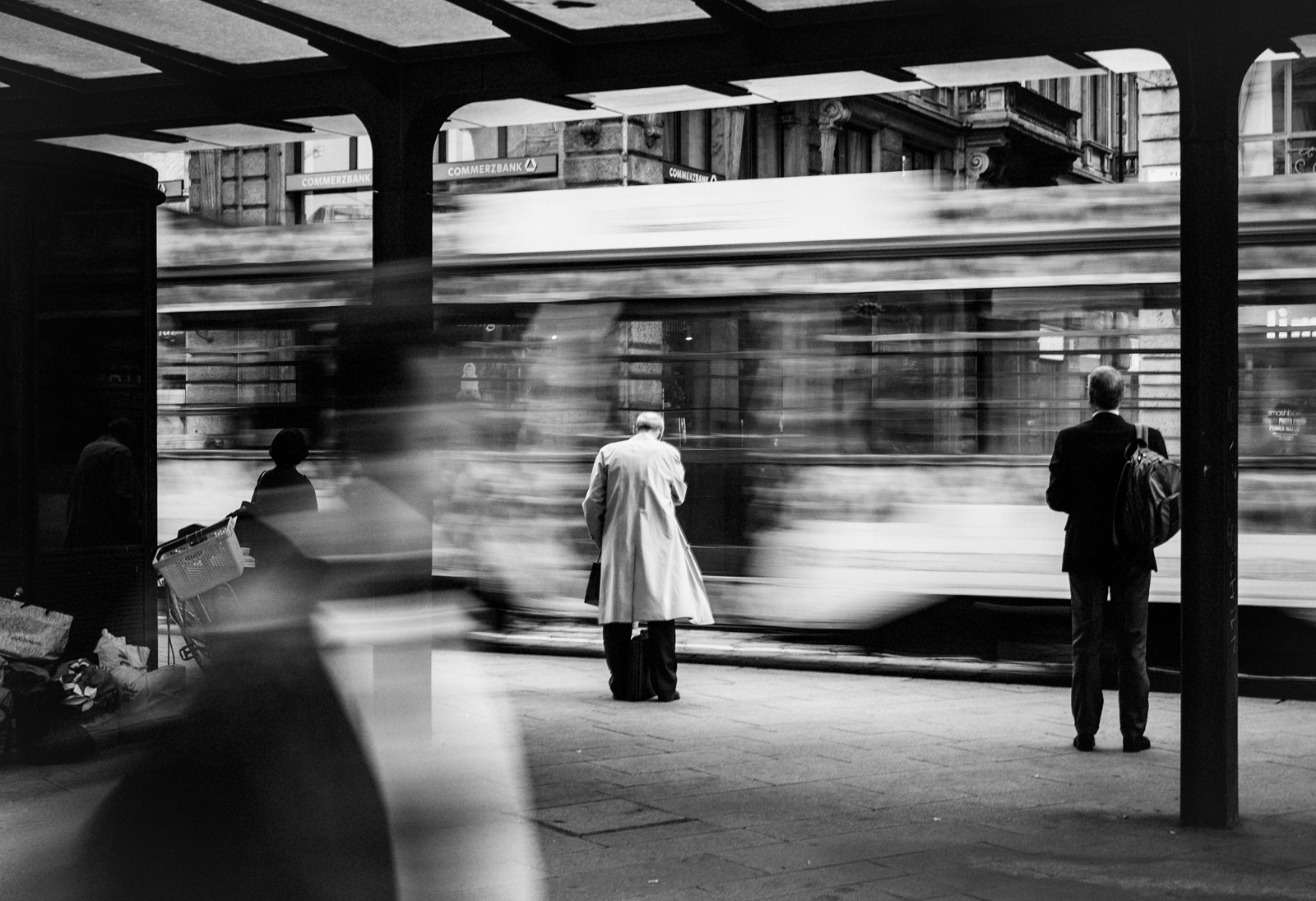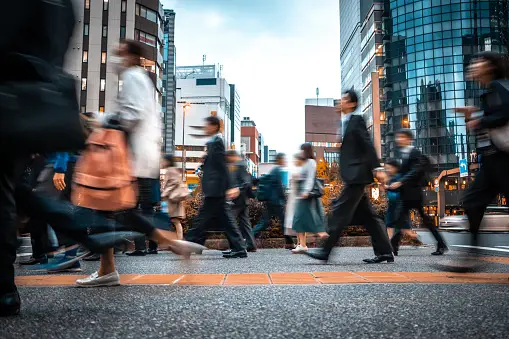Street Photographers for Dummies
Street Photographers for Dummies
Blog Article
The Ultimate Guide To Street Photographers
Table of ContentsThe 6-Second Trick For Street PhotographersStreet Photographers Things To Know Before You BuyExamine This Report on Street PhotographersAn Unbiased View of Street PhotographersSome Of Street Photographers
, a category of digital photography that documents daily life in a public location. The actual publicness of the setup allows the digital photographer to take honest images of strangers, typically without their understanding. Road photographers do not always have a social objective in mind, however they prefer to isolate and capture moments which might or else go unnoticed.He was affected by many of those who affected the road professional photographers of the 1950s and '60s, he was not primarily interested in recording the spirit of the street., that worked side by side with photographers trying to capture the significance of urban life.
As a result of the relatively primitive modern technology available to him and the long direct exposure time needed, he struggled to capture the hustle and bustle of the Paris roads. He explored with a series of photographic approaches, attempting to discover one that would certainly permit him to capture motion without a blur, and he discovered some success with the calotype, patented in 1841 by William Henry Fox Talbot. While the digital photographers' subject was essentially the same, the outcomes were markedly various, showing the influence of the digital photographer's intent on the personality of the photos he generated.
The Of Street Photographers
Offered the fine top quality of his pictures and the breadth of product, designers and artists frequently acquired Atget's prints to make use of as reference for their own job, though commercial rate of interests were rarely his main motivation. Rather, he was driven to photograph every last residue of the Paris he loved. The mingled enthusiasm and necessity of his goal sparkle through, causing pictures that tell his own experience of the city, top qualities that anticipated street digital photography of the 20th century.

Unlike his peers, Brassa utilized a larger-format Voigtlnder camera with a much longer direct exposure time, requiring him to be much more computed and thoughtful in his method than he might have been if making use of a Leica. (It is assumed that he may not have actually had the ability to afford a Leica during that time, yet he did, nonetheless, use one in the late 1950s to take colour photos.) Brassa's photos of the Paris underworld brightened by fabricated light were a discovery, and the collection of the collection that he published, (1933 ), was a major success.

A Biased View of Street Photographers
It is due to this fundamental understanding of the art of photo taking that he is often attributed with uncovering the medium around again approximately a century because its development. He blog here took photographs for more than a half century and influenced generations of professional photographers to trust their eye and instinct in the moment.
These are the questions I shall try to answer: And after that I'll leave you with my very own definition of street photography. Yes, we do. Allow's kick off with defining what a meaning is: According to it is: "The act of defining, or of making something certain, distinctive, or clear".
No, certainly not. The term is both restricting and go misdirecting. Seems like a road digital photography must be images of a roads appropriate?! And all road photographers, except for a tiny number of outright beginners, will totally value that a street is not the vital element to road photography, and actually if it's an image of a road with possibly a couple of boring individuals not doing anything of passion, that's not road photography that's a photo of a road.
Indicators on Street Photographers You Should Know
He makes a legitimate point don't you believe? However, while I concur with him I'm unsure "honest public digital photography" will capture on (although I do type of like the term "candid digital photography") because "road photography" has actually been around for a very long time, with lots of masters' names affixed to it, so I think the term is right here to remain.
Inside?! I hear you yell as you shake your clenched fist to the sky. Why not? You can shoot at the coastline, at a celebration, in an alley, in a park, in a piazza, in a cafe, at a museum important link or art gallery, in a city station, at an occasion, on a bridge, under a bridge ...
Yes, I'm afraid we have no selection! Without policies we can not have an interpretation, and without an interpretation we do not have a category, and without a style we do not have anything to specify what we do, therefore we are stuck in a "policies meaning style" loop! And no-one intends to get embeded a loophole. - Street Photographers

Report this page